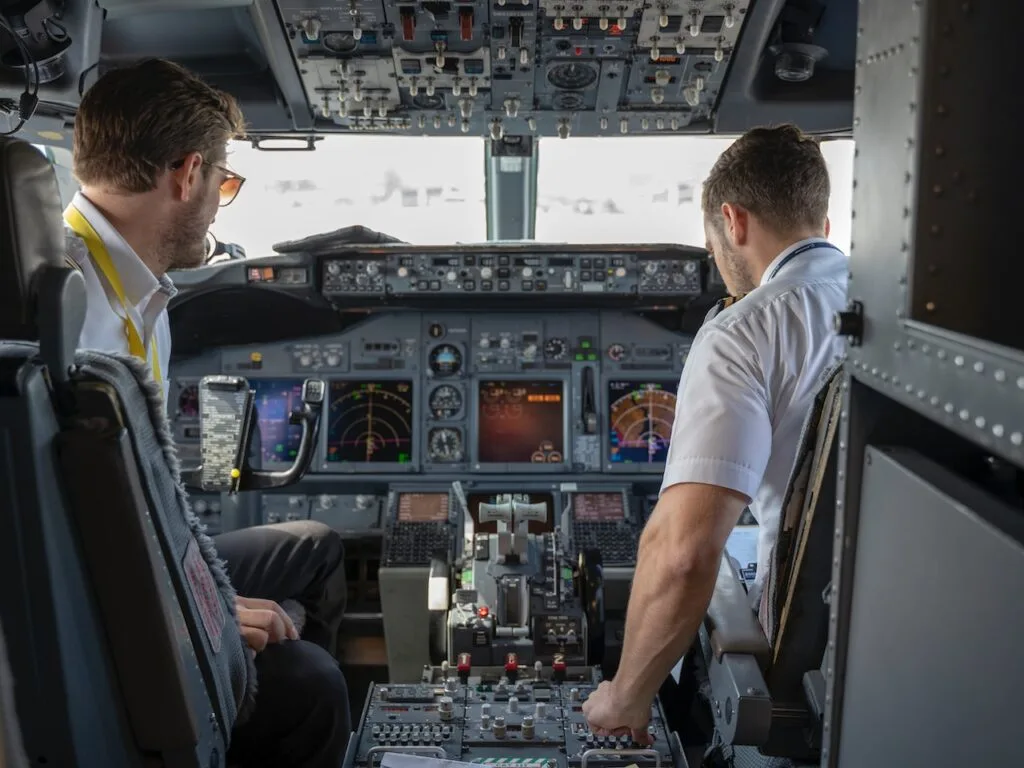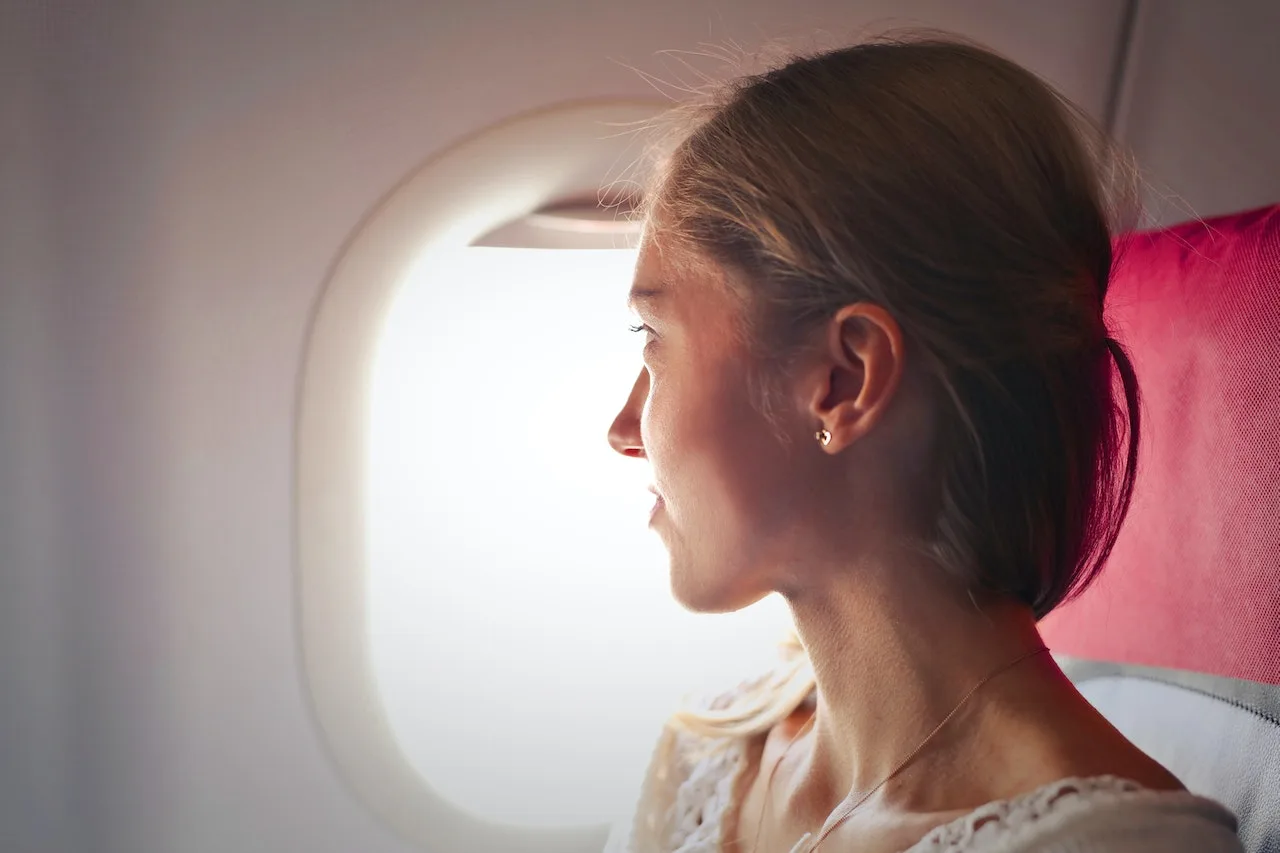It is a common belief that without sunscreen, human skin is exposed to harmful rays during a flight, even through a window. We decided to check if this is true.
About dangers flights to on an airplane without using sunscreen or other products write websites dedicated to travel. Can find such information on entertainment portals And resources O beauty and healthy lifestyle. Share advice on this topic and users blogging platforms.
The intensity of ultraviolet radiation at the altitude at which passenger airliners usually fly is indeed strongerthan that to which man is exposed on earth. This is due to the fact that the higher a person rises above the surface of the planet, the thinner the layer of atmosphere protects him - with every thousand meters above sea level, the intensity of radiation increases by about 10%. When talking about ultraviolet radiation that is dangerous to humans, we usually mean two types: UVA and UVB. At the same time, almost 100% of UVB radiation is successful blocked ordinary glass, so these rays are definitely not dangerous in the airplane cabin. But UVA can actually penetrate inside the cabin.
In 2015, an international group of scientists conducted meta-analysis medical data available at that time and came to the conclusion that pilots and flight attendants were twice as likely as representatives of other professions to suffer from melanoma, one of the most dangerous types of skin cancer, which can be caused by excessive exposure to ultraviolet radiation. Note that the data used in the study cannot be called modern: one of the medical databases used in the study dates back to 1823. Of course, in the 19th century there was no such profession as a civil aviation pilot or flight attendant, so, apparently, later data was used for them. However, the aviation industry is changing and improving so quickly that even a few decades could seriously affect aviation safety standards and render research results irrelevant.

In 2019, scientists from the UK and Australia held another similar meta-analysis (but based on more modern data for 1970–1990) and generally confirmed the conclusions of their colleagues, although they noted that most of the data on which the study is based is also outdated.
After receiving the results of the first meta-analysis, scientists from the University of California (USA) and the University of Turin (Italy) measured the level of ultraviolet radiation penetrating the cabin of a light turboprop Socata TBM850 aircraft during flight, and concluded that a person sitting in the pilot's seat was exposed to the same amount of sunlight during 56 minutes of flight as if he had spent 20 minutes in a solarium. Moreover, the measurements were carried out in two areas with different solar exposures, namely in Nevada and California.
Air France crew health specialists in 2016 held similar research. It focused on levels of solar radiation of various types (UVA, UVB and UVC) recorded during 14 flights on popular models of commercial passenger airliners - Airbus A319, A330, A380 and Boeing 777. During flights on Airbus aircraft, no radiation of any type was found to penetrate into the cabin. On Boeing 777 aircraft, type A radiation was detected in the cockpit, but it was significantly lower than what pilots would have received while on the ground - the glass protected from most of the radiation.
“Verified” was unable to find authoritative scientific studies on the effect of ultraviolet radiation on passengers in flight. It is not entirely correct to extrapolate the results of studies on crew members to them. Firstly, the glass area in the cockpit is many times larger than the area of the cabin window, which means that potential ultraviolet exposure can also be significantly higher. Secondly, passengers do not spend as much time in the sky during their lives as pilots and flight attendants. In addition, studies of an increased risk of melanoma in crew members may not be representative because they are based in part on outdated data.
There are probably some theoretical risks of negative exposure to ultraviolet radiation in flight, especially for frequent fliers who prefer to sit near a window. And maybe they really should use sunscreen on the flight. However, “Verified” was unable to find recommendations for mandatory use of sunscreen on an airplane issued by any reputable medical institutions. And experts from the Australian Cancer Council claim: There is no evidence that air passengers can get sunburned while on board, so the use of protective equipment is not recommended.
Cover photo: pexels.com
Most likely not true
Read on the topic:
- Myths and misconceptions about sunscreens
- Is it true that exposure to sunlight is good for your health?
- Is it true that ultraviolet manicure lamps increase the risk of skin cancer?
- Is it true that sunscreens are destroying coral reefs?
If you find a spelling or grammatical error, please let us know by highlighting the error text and clicking Ctrl+Enter.






